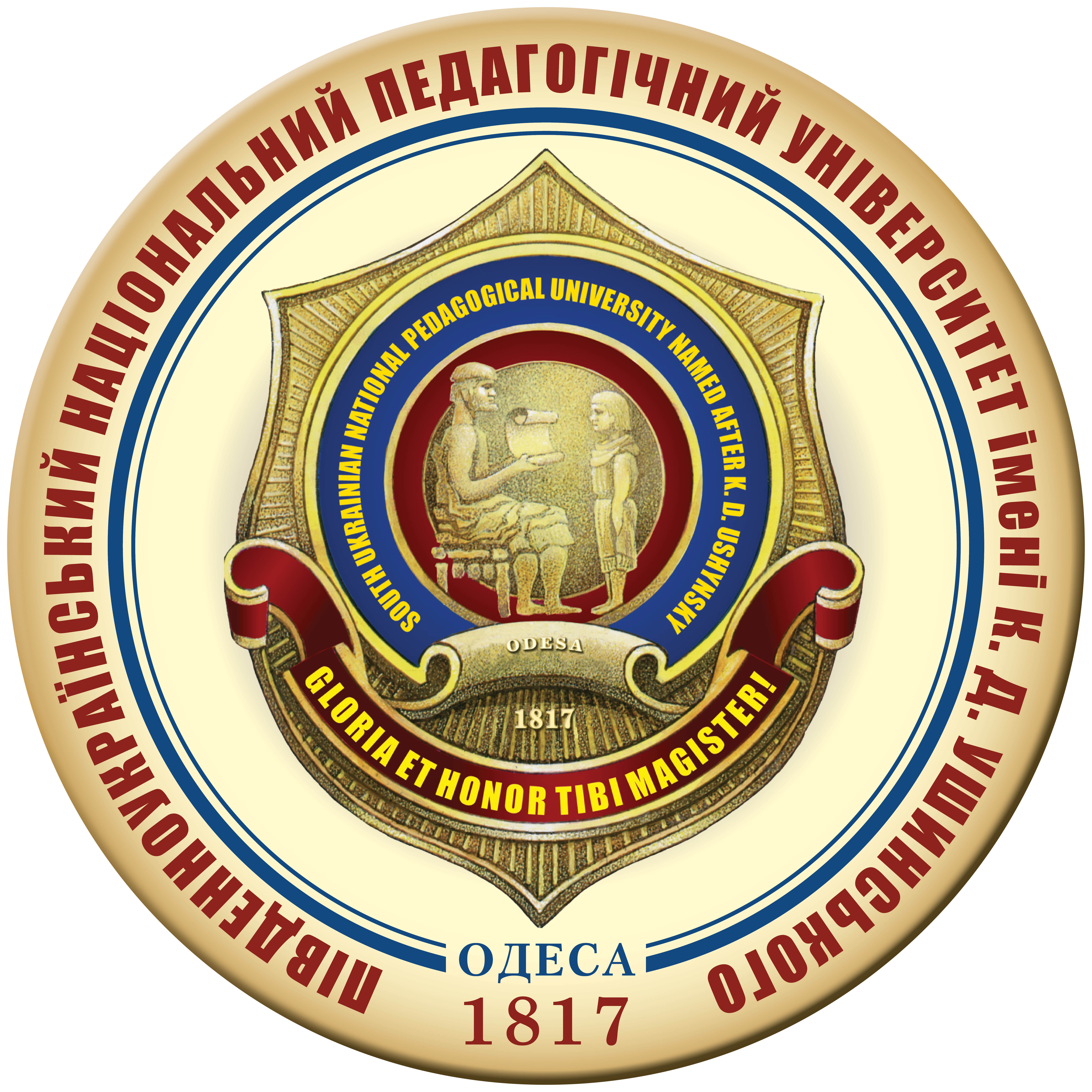SUPPORTING THE IMPLEMENTATION OF THE BELT SYSTEM FOR EVALUATING THE LEVEL OF QUALIFICATION OF ATHLETES FROM HAND-TO-HAND COMBAT
DOI:
https://doi.org/10.24195/olympicus/2024-1.19Keywords:
attestation activity, qualification, assessment of preparedness, hand-to-hand combat, martial arts, beltAbstract
Actuality. The article examines the data of modern scientific research devoted to the analysis of the formation of teenagers' interest in martial arts. The modern system of multi-year training in sports martial arts and hand-to-hand combat, in particular, is aimed at the formation of a high level of skill of athletes in order to obtain the maximum possible competitive result. This approach encourages coaches to increase the volume of specialized work, including, due to the participation of athletes in the maximum possible number of competitions with installations for victory But a large part of those who want to engage in martial arts are motivated to master certain skills, form the appropriate psychological state, and develop various qualities. The introduction of a belt system for assessing the level of training of students in hand-to-hand combat, based on the experience of developing various types of martial arts in leading foreign countries, will allow the implementation of the latest training programs with the participation of large masses of the population, the purpose of which is primarily the formation of physical and mental health, moral stability and social adaptation of pupils of sports sections, and not participation and victory in competitions. Purpose. To substantiate the implementation of the belt system for evaluating the level of qualification of athletes in hand-to-hand combat. Methods. The work uses theoretical analysis and generalization of special scientific and methodical literature. The method of expert evaluations and the analysis of protocols of championships of Ukraine in hand-to-hand combat and certification activities of sports sections of the city of Kyiv were used to study the specifics of competitive and attestation activities. Results. It has been established that the modern system of training in many types of martial arts and hand-to-hand combat in particular is aimed at achieving the maximum possible result. A significant part of those wishing to engage in martial arts is motivated to master certain skills and develop the appropriate psychological state. The implementation of the belt system for evaluating the level of preparation of athletes in handto- hand combat almost fully satisfies the social ambitions of children who want to get a certificate of achievement as soon as possible, but at this stage do not have the opportunity to successfully perform in competitions.
References
Радченко Ю. А. Порівняльний аналіз змагальної діяльності спортсменів із рукопашного бою на різних етапах процесу багаторічного вдосконалення. Науковий журнал «Olympicus». 2023. №3. C. 145–155. doi.org/10.24195/olympicus/2023-3.21.
Camps H. Cerezo S. Estudo Técnico Comparado de los Katas de Karate. Textbook. 2005. 684 p.
Саєнко В. Г. Удосконалення людини за системами східних єдиноборств. Бердянський державний педагогічний університет. 2011. С. 440.
Grupp J. Shotokan Kihon-Kumite-Kata. Meyer&Meyer Fachverlag und Buchhandel Gmbh. 2009. P 160.
Вако І., Радченко Ю. Структура успішності змагальної діяльності в змішаних єдиноборствах (на прикладі рукопашного бою). Спортивний вісник Придніпров’я. 2022. № 2. С. 111–122. DOI: 10.32540/2071-1476-2022-2-111.
Holt J. Physical philosophy: Martial arts as embodied wisdom. Philosophies 2023. 8. 14. doi.org/10.3390/philosophies8010014
Vertonghen J., Theeboom M., Pieter W. Mediating factors in martial arts and combat sports: An analysis of the type of martial art, characteristics, and social background of young participants. Percept. Mot. Ski. Exerc. Sport 2014. (118) 41–61p. doi.org/10.2466/06.30.PMS.118k14w3
Платонов В. М. Сучасна система спортивного тренування. Підручник. 2021. 672 с.
Шиян Б. М. Теорія і методика фізичного виховання школярів. Навчальна книга. 2002. (1). 272 с.
Винник В. Д. Особливості формування інтересу та мотивації до занять фізичним вихованням. Теорія та методика фізичного виховання. 2010. №12. С. 39–42.
Калитка С., Ребрина В., Бухвал А., Тарасюк В., Грабовський О. Мотивація підлітків до занять спортом. Фізичне виховання, спорт і культура здоров’я у сучасному суспільстві : збірник наукових праць. № 1. (33). 2016. С. 81–86.
Грищенко Т. П., Окопний А. М., Семеряк З. С., Палатний А. Л. Перспективи наукового обґрунтування формування мотивації спортсменів до занять фехтуванням на етапі початкової підготовки. Науковий часопис Національного педагогічного університету імені М. П. Драгоманова. 2019. 5. (113). С. 34–38.
Косинський Е. Самооцінка стану здоров’я студентів і їх мотивація до занять фізичним вихованням. Молода спортивна наука України. зб. наук. пр. з галузі фізичного виховання, спорту і здоров’я людини. 2011. (15). 2. С. 106–109.
Осика К. С. Психологічні особливості мотивації досягнення у спортсменів каратистів. Проблеми загальної та педагогічної психології. зб. наук. пр. Ін-ту психології ім. Г. С. Костюка АПН України. 2006. 8. С. 192–197.
Hamilton K., Warner L., Schwarzer R. The role of self-efficacy and friend support on adolescent vigorous physical activity. Health Educ. Behav. 2017. (44). Р. 175–181.doi.org/10.1177/1090198116648266
Кусій В.М. Окінавське Годзю-Рю Карате-до. Навчальна програма. Южноукраїнський державний педагогічний університет ім. К.Д. Ушинського. 2006. 1. 178 с.
Lakes K., Hoyt W. Promoting self-regulation through school based martial arts training. Appl. Dev. Psychol. 2004. (25). Р. 283–302. doi.org/10.1016/j.appdev.2004.04.002
Ralph B. Thorsten B., Christop J. Energetics of karate kumite. European Journal of Physical Education. 2004. P. 518 – 523.
Theeboom M. Asian Martial Arts and Approaches of Instruction in Physical Education. European Journal of Physical Education. 1999. 4. (2).Р. 146-161. DOI:10.1080/1740898990040204
Саєнко В. Г. Побудова і контроль тренувального процесу спортсменів в кіокушинкай карате. Монографія. 2012. 404 с.
Moore B., Woodcock S., Dudley D. Wellbeing warriors: A randomised controlled trial examining the effects of martial arts training on secondary students resilience. Br. J. Educ. Psychol. 2021. (91). Р. 1369–1394. https://doi.org/10.1111/bjep.12422
Навчальна програма з рукопашного бою для дитячо-юнацьких спортивних шкіл. 2019. 126с. Доступна за посиланням: https:// mms.gov.ua/sport/dityacho-yunackij-ta-rezervnij-sport/navchalni-programi-dlya-zakladiv-fizichnoyi-kulturi-i-sportu-z-vidiv-sportu/neolimpijski-vidi-sportu.
Скляр М. С. Оздоровча спрямованість занять карате для учнів загальноосвітньої школи. Культура здоров’я, фізичне виховання, реабілітація в сучасних умовах. Матер. ХI Всеукр. наук.-практ. конф. за заг. ред. В.П. Горащука. 2013. С. 257– 260.
Скляр М. С. Рівень фізичної підготовленості старшокласників, які займаються карате в умовах позакласної роботи. Фізична культура, спорт та здоров’я нації. Зб. наук. праць. 2013. (15) C. 202–206.
Міністерство молоді та спорту України. Наказ №15/5.3/21. 2021 квітень Правила спортивних змагань з рукопашного бою Доступні за посиланням:https://sport.gov.ua/storage/app/sites/16/Sport/Pravyla_zmagan/2021/sportivnikh-zmagan-z-rukopashnogo-boyu.pdf.








